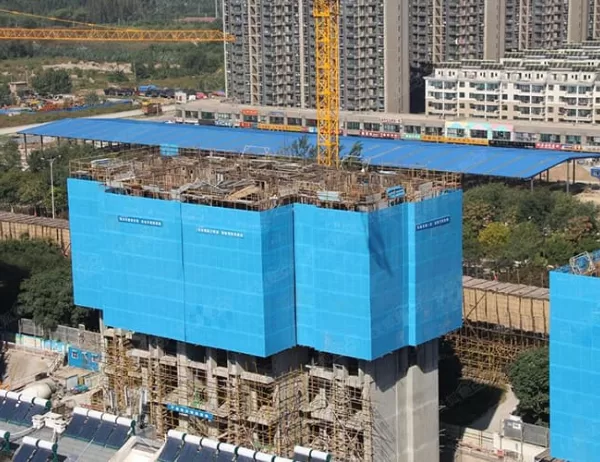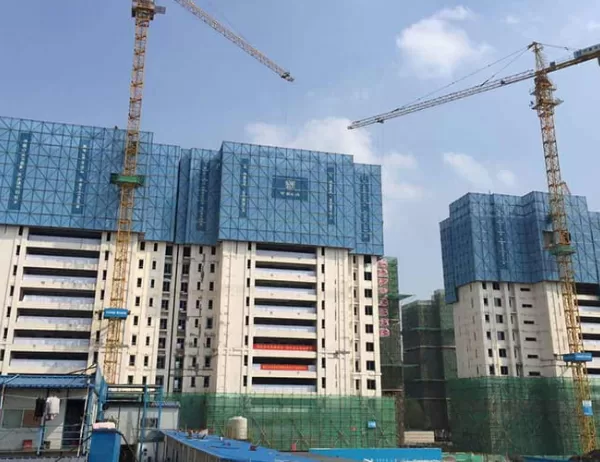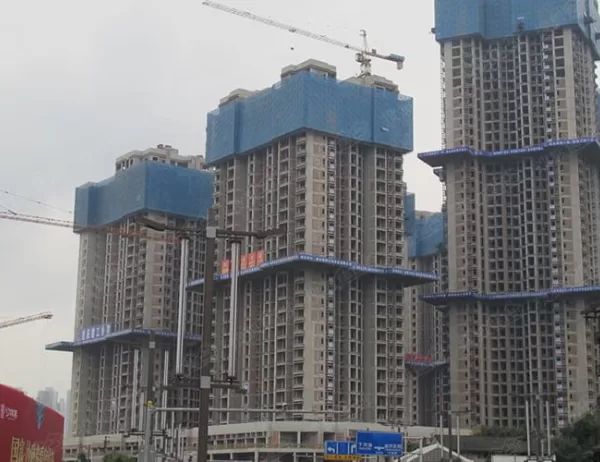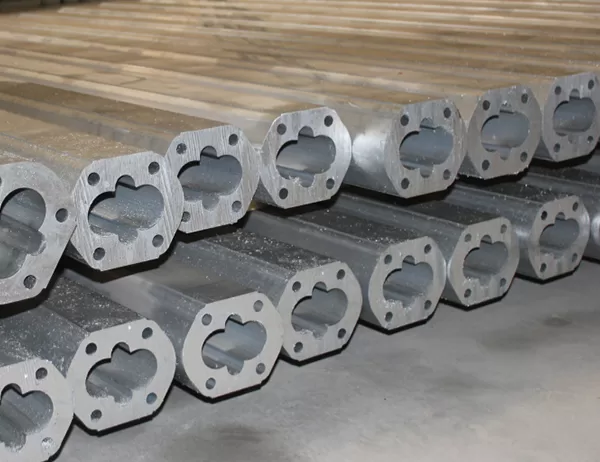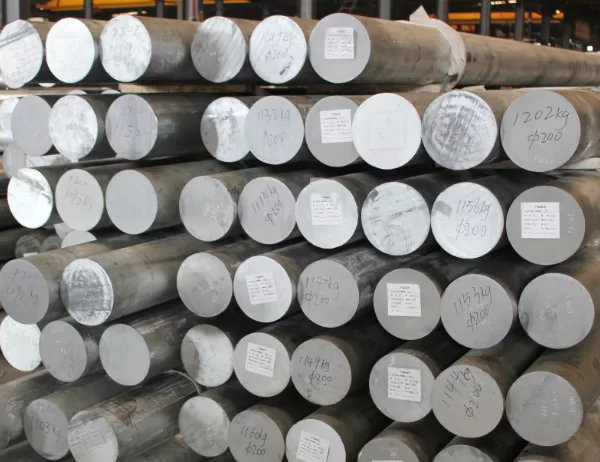Customization Options in Extruded Aluminum Pipe Design: A Comprehensive Guide
Introduction
Extruded aluminum pipes offer unmatched versatility and adaptability in various industries. Customization options empower engineers and designers to tailor aluminum pipes to specific performance and aesthetic requirements, enabling tailored solutions for diverse applications.
Material Composition and Alloy Selection
Customization begins with selecting the optimal alloy composition. Aluminum alloys vary in strength, corrosion resistance, and workability. Choosing the right alloy ensures durability, performance, and compatibility with intended uses.
Dimensions and Wall Thickness
Customizing the pipe’s dimensions, including diameter, length, and wall thickness, is essential. Precise measurements ensure proper fitment and performance in specific applications. Wall thickness optimization balances strength, weight, and cost considerations.
Surface Finishes and Coatings
Surface finishes enhance aesthetics and functionality. Anodizing, powder coating, and painting provide various options for color, texture, and protection against corrosion, wear, and chemicals. Specialized coatings, such as anti-microbial or food-grade, cater to specific industry requirements.
Shape and Complexity
Beyond round pipes, extruded aluminum can be customized into intricate shapes, such as ovals, squares, rectangles, and L-shaped profiles. This versatility enables the creation of pipes that fit unconventional spaces and fulfill unique design requirements.
End Finishes and Fittings
Custom end finishes, such as threading, flaring, and crimping, facilitate seamless integration with other components. Specialized fittings, including elbows, tees, and adaptors, can be tailored to connect different pipe sections or mate with other systems.
Integration with Other Materials
Extruded aluminum pipes can be integrated with other materials, such as plastic, rubber, and fiberglass. Co-extrusion techniques allow for the creation of composite structures that combine the properties of multiple materials, enhancing overall performance and versatility.
Testing and Validation
Rigorous testing and validation ensure the performance and quality of customized aluminum pipes. Mechanical, chemical, and environmental testing verify adherence to specifications and industry standards. Third-party certifications provide assurance of compliance and reliability.
Considerations for Customization
When customizing extruded aluminum pipes, several factors require careful consideration:
– Cost: Customization options can impact production costs. Balancing desired features with budgetary constraints is crucial.
– Lead Time: Custom designs may require extended lead times compared to standard products. Planning and lead time management are essential to avoid project delays.
– Design Constraints: Physical limitations, such as tool and die capabilities, may influence the extent of customization. Consulting with manufacturers is recommended to explore feasible options.
Conclusion
Customization Options in Extruded Aluminum Pipe Design empower engineers and designers to create tailored solutions that meet precise application requirements. From material selection to surface finishes, shape complexity, and integrated materials, the range of customization options is extensive. Careful consideration of design constraints and validation processes ensures the delivery of high-performance, cost-effective, and reliable aluminum pipes.
